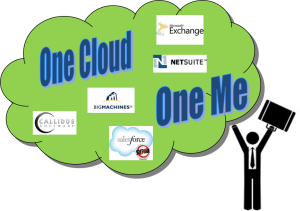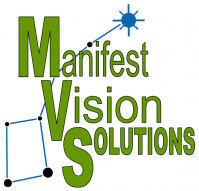Is your System Integration cart before your Transformation horse?
October 24, 2012 1 Comment
I was having discussions with some colleagues who are participating in transformation programs at their respective companies. Each program is segmented in two; one part focused on business transformation led by one outside partner, the second on systems integration led by a different partner.
The question: What approach should be used to ensure you get the best possible outcome for your company? I suggest you get your dancing shoes on because you will be balancing on a fine line. First it would be good to know what style dance and song you are going to dance to before you begin. A lot of work was done before these partners were selected; I am sure there was a business case, budget projections, etc. But is it clear if this is primarily a business transformation or systems implementation program? These can be very different with very different outcomes, even though many of the areas addressed may be the same: business requirements, process flows and taxonomies. The difference is where you start and who plays what role along the way.
A business transformation according to businessdictionary.com is a process of profound and radical change that takes a business in a new direction and entirely different level of effectiveness, a basic change of character with little or no resemblance with the past configuration or structure. Unless it’s a startup (which wouldn’t need to transform anyway), there are already organization structures and go-to-market strategies in place. But something has happened that makes the company believe that it needs to change and somewhat significantly to be competitive. Does your program clearly know why the need to transform exists and what your executive sponsors believe success looks like? This is the role of the business transformation partner: to articulate why to transform and what to transform: business models, operational models, business process flows and organization structures. It’s often in the business process flows where the transformation horse and the integration cart get sideways.
Let’s back up for a moment though. What is the systems integrators role? If why and what are the transformational piece; then how to map the models and process into technology solutions is the systems integrations piece. This will be affected by both the application landscape currently in place and by total cost of ownership (vanilla or custom, fit for function, cloud based, etc.) The “how” is focused on technology, balanced with process and guided by transformation.

This is where the dancers can step on each other’s toes. Both the transformation and integration partners have input into the business requirements and process areas and need to work together. Dare I say it; a RASCI is probably required in order to define who does what. It is likely this was not done initially when the partners were selected because that was too deep of a level of detail at the time. More important though, your company has to define how to make decisions between model, process and technology tradeoffs. Your organization’s magnitude of transformation, appetite for differentiation and budget will all play a part in establishing these guiding principles; this is the balance on the fine line. These tradeoff guiding principles will help to define the responsibilities of the transformation and integration roles and make decision making more rapid all along the way.
It is essential that the transformation horse is ahead of the system integration cart. Without consensus on why and what (the horse), your program will not know the style of the dance. And without the tradeoff guiding principles (the reins), you won’t know the song to dance to. Both of these are necessary to determine how (the cart) to dance your dance.
I may have mixed a couple of metaphors, but I hope you can see that the transformation (why and what) should be clearly defined before bringing in systems integration (how) and determining the right balance of differentiation and total cost of ownership for your company.
© Ellen Terwilliger 2012
Related articles
- What is business transformation? (petertarhanidis.wordpress.com)









